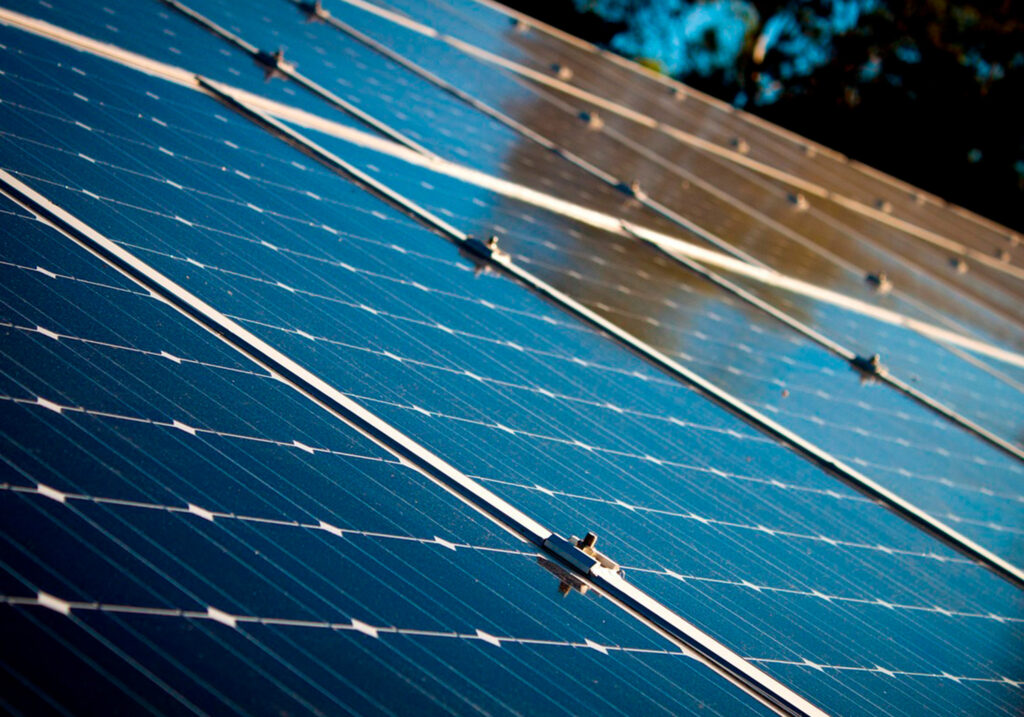Our planet is now facing a crisis: there is a spike in global demand for energy at a time when fossil fuels are deemed unsafe for the environment. Governments around the world need to steer their countries to zero net emissions by 2025.
Metal buildings are a popular choice for homes, commercial spaces, agricultural storage, and industrial facilities. However, without the right energy-efficient upgrades, they can be prone to excessive heat gain in summer and heat loss in winter, leading to high energy costs.
Improving the energy efficiency of a metal building not only reduces your utility bills but also enhances comfort and sustainability. From insulation and ventilation to solar power and energy-efficient appliances, there are multiple ways to optimize the energy performance of your metal building.
Choosing the Right Insulation for Thermal Control
Insulation is one of the most critical components in improving the energy efficiency of a metal building. Metal conducts heat quickly, which means that without proper insulation, your building may become excessively hot in warm weather and lose heat rapidly during colder months. Choosing the right insulation materials can help regulate indoor temperatures and reduce the need for heating and cooling systems.
Fiberglass batt insulation is a popular and cost-effective choice for metal buildings. It comes in rolls and can be installed between metal framing, providing a thermal barrier. Another great option is spray foam insulation, which expands to fill gaps and seals air leaks, improving overall efficiency. Rigid foam boards offer high thermal resistance and are ideal for walls and ceilings. Reflective insulation, such as radiant barriers, helps reflect heat away from the building in hot climates, keeping indoor spaces cooler.
The thickness and R-value (thermal resistance) of the insulation should be based on your local climate. In colder areas, a higher R-value is necessary to prevent heat loss, while in warmer regions, radiant barriers combined with moderate insulation can be more effective.
Sealing Air Leaks to Prevent Energy Waste
Air leaks can significantly impact the energy efficiency of a metal building by allowing conditioned air to escape and outdoor air to enter. This forces heating and cooling systems to work harder, leading to increased energy consumption.
To prevent air leaks, check for gaps and cracks around doors, windows, roof seams, and wall joints. Applying weatherstripping around doors and windows helps create a tight seal, preventing air from leaking in or out. Caulking gaps and sealing joints with expanding foam or rubber gaskets can further enhance energy efficiency. If your metal building has large overhead doors, ensure they have proper seals and consider installing insulated roll-up doors to minimize energy loss.
Installing Energy-Efficient Windows and Doors
Windows and doors are common points of heat transfer in any building. Upgrading to energy-efficient options can significantly reduce energy loss and improve indoor comfort.
Double-pane or triple-pane windows with low-emissivity (low-E) coatings help minimize heat transfer, keeping the building cooler in summer and warmer in winter. Choosing windows with argon or krypton gas between panes further enhances insulation properties. If replacing windows isn’t an option, adding thermal window coverings, such as insulated blinds or reflective films, can provide additional energy savings.
For doors, opting for insulated metal or fiberglass doors with foam cores can prevent heat transfer. Glass doors should have double glazing or low-E coatings to improve efficiency. Storm doors and retractable awnings can further reduce energy loss by providing an extra layer of protection against outdoor temperatures.
Enhancing Ventilation for Airflow Regulation
Proper ventilation is essential for maintaining indoor air quality and regulating temperature without over-relying on mechanical heating and cooling systems. A well-ventilated metal building prevents excessive heat buildup in the summer and reduces condensation in the winter, preventing rust and mold growth.
Ridge vents, louvers, and soffit vents allow hot air to escape and fresh air to circulate, reducing the need for air conditioning. Installing exhaust fans in high-heat areas, such as kitchens or workshops, can further help remove hot air and improve airflow. If the building is enclosed, mechanical ventilation systems such as energy recovery ventilators (ERVs) or heat recovery ventilators (HRVs) can exchange stale indoor air with fresh outdoor air while retaining heating or cooling energy.
Using Cool Roofing Materials to Reflect Heat
The roof is one of the primary areas where a metal building gains and loses heat. Upgrading to energy-efficient roofing materials can help reduce heat absorption and improve overall efficiency.
Cool metal roofing, which includes coatings with high solar reflectance, reflects sunlight away from the building, keeping indoor temperatures lower. Adding a reflective roof coating or white roof paint can enhance this effect, reducing the heat island effect and lowering cooling costs. Insulating the roof with foam panels or reflective barriers can further improve temperature regulation.
For even better results, consider a green roof with vegetation, which acts as a natural insulator while providing environmental benefits such as improved air quality and reduced stormwater runoff.
Incorporating Solar Panels for Sustainable Energy
One of the best ways to improve the energy efficiency of a metal building is by integrating renewable energy sources, such as solar power. Metal roofs are ideal for solar panel installations because they provide a durable, stable surface with minimal maintenance requirements.
Solar panels can generate electricity to power lighting, HVAC systems, and appliances, significantly reducing reliance on grid electricity. In many cases, solar energy can even eliminate electricity costs altogether. Net metering programs allow you to sell excess energy back to the grid, further maximizing savings.
Battery storage systems can be paired with solar panels to store energy for use during nighttime or power outages. Government incentives, tax credits, and rebates are often available to offset the initial installation costs, making solar energy a cost-effective long-term investment.
Upgrading to Energy-Efficient HVAC Systems
Heating, ventilation, and air conditioning (HVAC) systems account for a significant portion of energy consumption in metal buildings. Upgrading to high-efficiency units can help reduce energy usage while maintaining indoor comfort.
Ductless mini-split heat pumps offer efficient heating and cooling without the need for extensive ductwork, making them a great option for metal buildings. High-efficiency furnaces, air conditioners, and heat pumps with ENERGY STAR certification use less energy while providing optimal performance. Smart thermostats allow for precise temperature control, automatically adjusting settings based on occupancy and weather conditions.
Supplementing HVAC systems with ceiling fans, exhaust fans, and evaporative coolers can further reduce energy consumption while maintaining airflow.
Optimizing Lighting for Energy Savings
Lighting is another area where energy efficiency improvements can make a big impact. Switching to LED lighting is one of the simplest and most effective upgrades. LEDs consume significantly less electricity than traditional incandescent or fluorescent bulbs and have a much longer lifespan.
Motion-activated lighting ensures that lights are only used when needed, reducing unnecessary energy consumption. Skylights or solar tubes can provide natural daylight, minimizing the need for artificial lighting during the day. Installing dimmers and timers allows you to customize lighting settings based on occupancy and time of day.
Using Smart Energy Management Systems
Technology can play a major role in improving energy efficiency in a metal building. Smart energy management systems monitor electricity usage, identify areas of waste, and optimize energy consumption.
Smart thermostats, lighting controls, and automated window shades can adjust settings based on occupancy and outdoor conditions. Real-time energy monitoring devices provide insights into energy use patterns, allowing for better decision-making. Integrating smart power strips that cut power to idle devices further reduces phantom energy consumption.
Conclusion
Improving energy efficiency in a metal building requires a combination of smart design choices, high-performance materials, and advanced technologies. If you invest in proper insulation, sealing air leaks, upgrading to energy-efficient windows and doors, enhancing ventilation, and utilizing renewable energy sources like solar power, you can significantly reduce energy consumption and improve indoor comfort.
Additional upgrades such as cool roofing materials, energy-efficient HVAC systems, LED lighting, and smart energy management tools further contribute to long-term savings and sustainability. While the initial investment in energy-efficient modifications may require upfront costs, the long-term benefits such as lower utility bills, increased comfort, and a reduced environmental footprint, make it a worthwhile endeavor.
As long as you take a proactive approach to energy efficiency, you can transform your metal building into a cost-effective, sustainable, and comfortable space that meets your needs for years to come.

